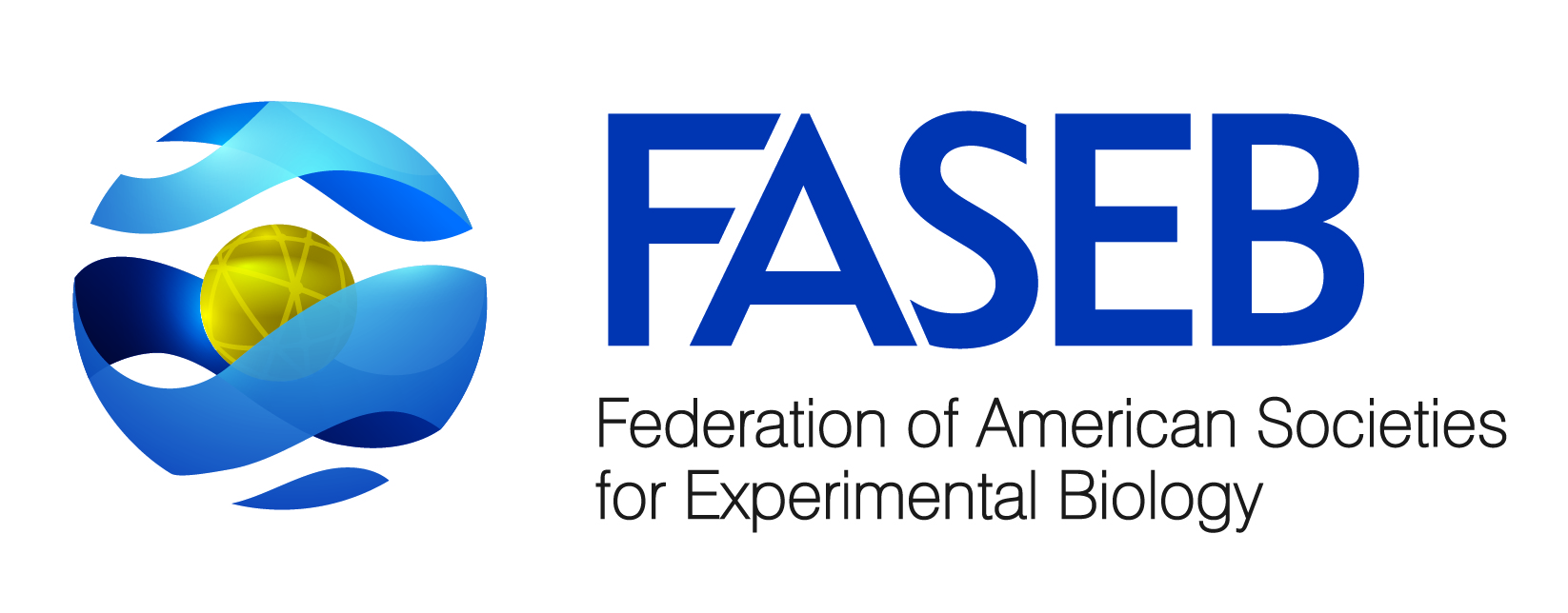EMBARGOED UNTIL Monday, April 23, at 12:25 p.m.
Newswise — SAN DIEGO, April 23, 2012 – A team of Japanese researchers will reveal study results Monday at the Experimental Biology 2012 meeting that show how acupuncture therapy mitigates skeletal muscle loss and holds promise for those seeking improved mobility through muscle rejuvenation.
“It is my hope that this study will demonstrate acupuncture’s feasibility with regard to improving health among the elderly and medical patients. Our findings could identify acupuncture as the primary nonpharmacological treatment to prevent skeletal muscle atrophy in the future,” says Akiko Onda, an acupuncturist and graduate student at the Waseda University School of Sport Sciences, who has been conducting a series of studies on skeletal muscle atrophy for the past four years. Her presentation will be at 12:25 p.m. Monday, April 23, at the American Society for Biochemistry and Molecular Biology annual meeting, which is part of EB2012.
Loss of skeletal muscle mass has a profound effect on the ability of the elderly and the sick to engage in physical activity. Because skeletal muscle has high plasticity, interventions such as exercise training, improved nutrition and mechanical stimulation are often recommended to prevent atrophy. Unfortunately, these can be challenging goals for those who are already frail or who have severe medical conditions. Onda insists an alternative nonpharmacological intervention is urgently required, and so she and her collaborators in two labs at Waseda University decided to explore how acupuncture affects skeletal muscle at the molecular level.
“The main focus of this study is changes in the mRNA expression levels of muscle-specific atrophic genes such as atrogin-1,” Onda says. “Muscle mass and structure are determined by the balance between protein degradation and synthesis.”
The team showed that decreases in muscle mass in mice and in the mRNA expression level of the E3 ubiquitin ligase atrogin-1 can be significantly reversed by acupuncture.
In spite of the World Health Organization’s endorsement of acupuncture and the widespread use of acupuncture as a treatment for various diseases, acupuncture is still regarded by many as obscure and suspicious, and its underlying molecular mechanisms are almost completely unknown.
“Our results have uncovered one molecular mechanism responsible for the efficacy of acupuncture treatment and clarified its usefulness in preventing skeletal muscle atrophy in mice,” Onda said. “We hope to introduce acupuncture as a new strategy for preventing skeletal muscle atrophy in the future. Further investigations into its molecular mechanisms will help to decrease the medical community’s suspicion of acupuncture and provide us with a better understanding of how acupuncture treatment prevents skeletal muscle atrophy.”
About the researchers
• Akiko Onda, Graduate School of Sport Sciences, Minamisawa/Fukubayashi laboratories• Qibin Jiao, Ph.D., research associate of Faculty of Science and Engineering, Minamisawa laboratory• Susumu Minamisawa, professor of Faculty of Science and Engineering, corresponding author• Toru Fukubayashi, professor of Faculty of Sport Sciences, Fukubayashi laboratory
###
About Experimental Biology 2012Experimental Biology is an annual gathering of six scientific societies that this year is expected to draw 14,000-plus independent scientists and exhibitors. The American Association of Anatomists (AAA) is a co-sponsor of the meeting, along with the American Physiological Society (APS), American Society for Biochemistry and Molecular Biology (ASBMB), American Society for Investigative Pathology (ASIP), American Society for Nutrition (ASN) and the American Society for Pharmacology and Experimental Therapeutics (ASPET).
More information about EB2012 for the media can be found on the press page: http://experimentalbiology.org/EB/pages/Press-Registration.aspx.
About the American Society for Biochemistry and Molecular Biology The ASBMB is a nonprofit scientific and educational organization with more than 12,000 members worldwide. Most members teach and conduct research at colleges and universities. Others conduct research in various government laboratories, at nonprofit research institutions and in industry. The Society’s student members attend undergraduate or graduate institutions. For more information about ASBMB, visit www.asbmb.org.
